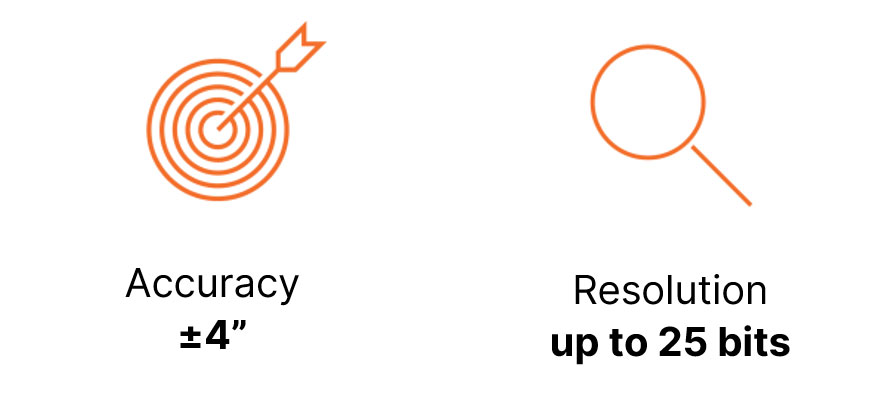Challenges for Position Encoders in Harsh Environments
Learn how FLUX robust encoders tackle extreme environments and perform precisely and reliable where other measuring systems fail.
Given the rapid advancements in industrial automation and the increasing complexity of system integration, encoder performance has become crucial for effective industrial motion control. Harsh environmental conditions, including exposure to dust, dirt, liquids, and extreme temperatures, pose common threats to the performance of existing encoder technologies, potentially leading to failures and limiting their applications in various fields.
Superior Performance in Extreme Conditions
The GMI® Angle Encoder series stands out for its exceptional performance in harsh environments, seamlessly combining the high-precision capabilities of an optical encoder, the robustness of an inductive encoder, and the broad mounting tolerance and expansive working range of a magnetic encoder. The IP67 stainless steel housing, paired with an extended temperature range spanning from -55 to 125 degrees Celsius, guarantees arcsecond accuracy and a resolution of up to 25 bits. These features have been proven in applications across industrial automation, robotics, and defense.


Key attributes of the GMI Angle Encoder include hysteresis-free performance, real-time position detection, plug-and-play operation, and wide mounting tolerances, offering maximum flexibility and efficiency. This not only enhances overall performance but also contributes to a reduction in total implementation costs associated with installation, integration, operation, and maintenance.
